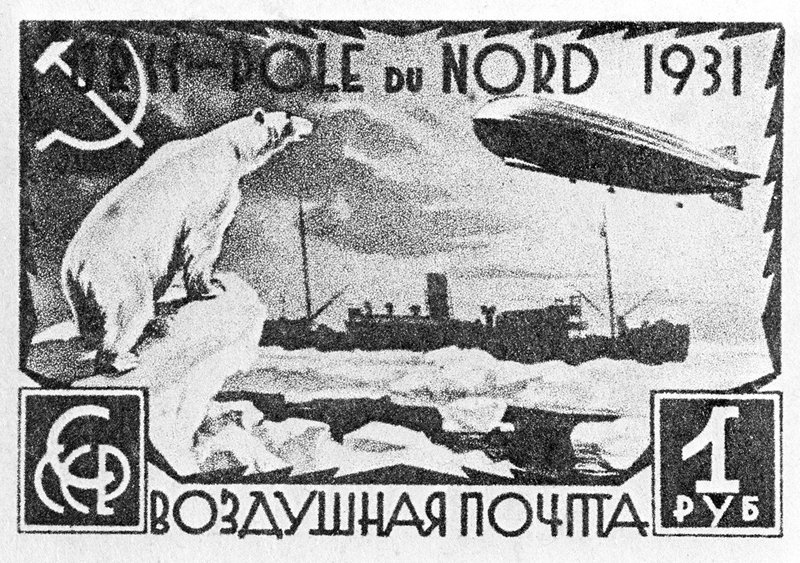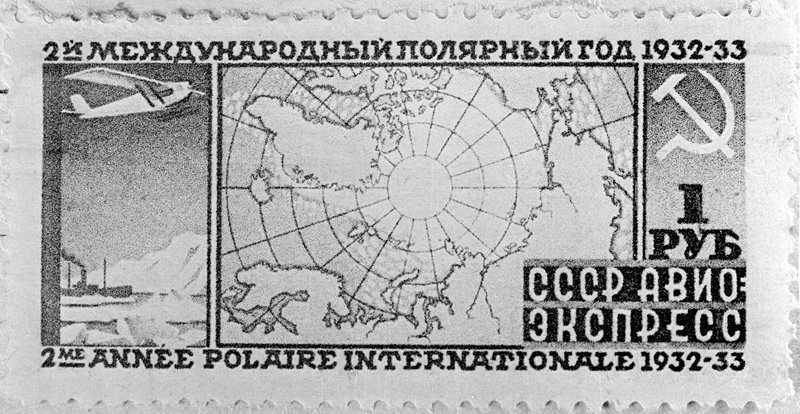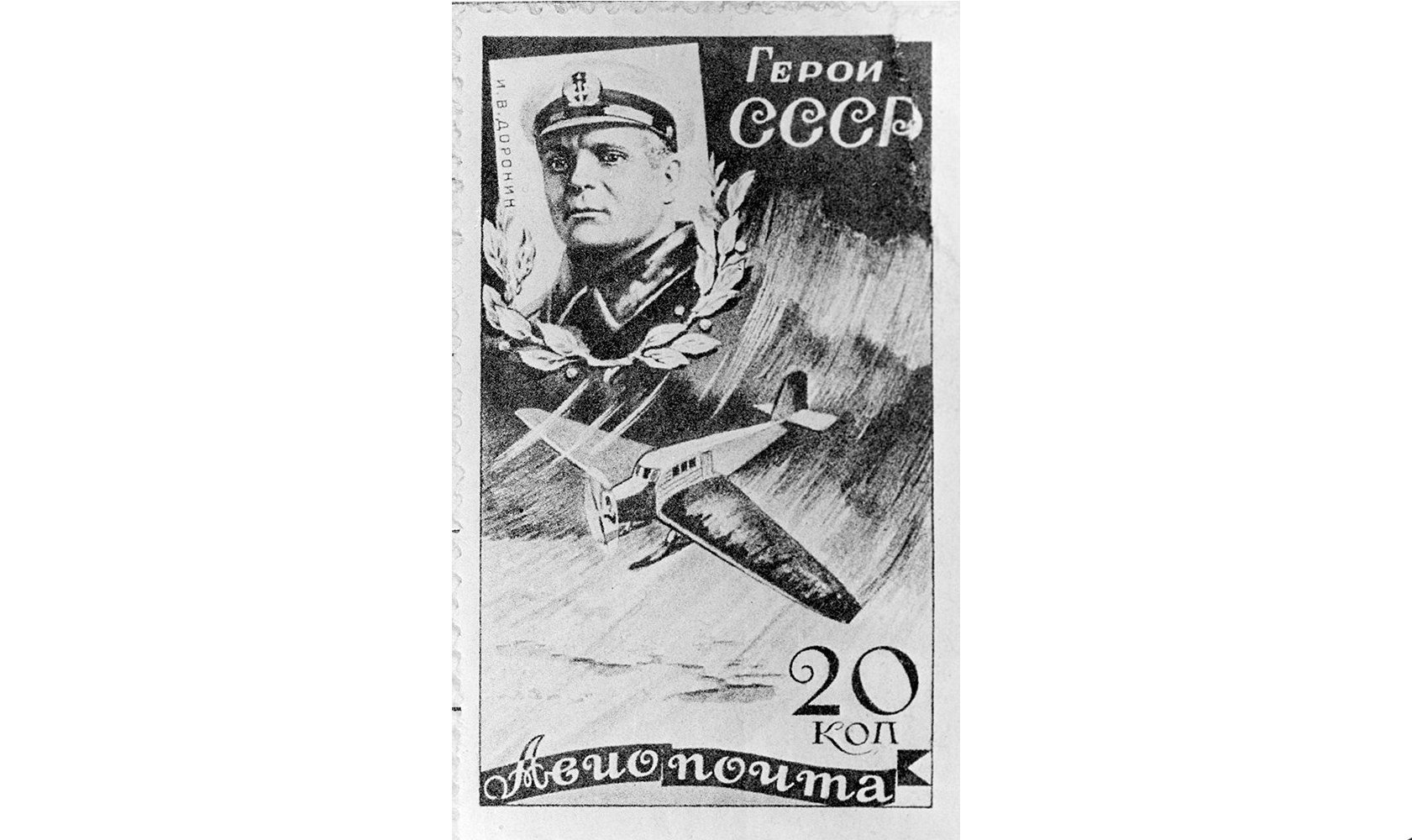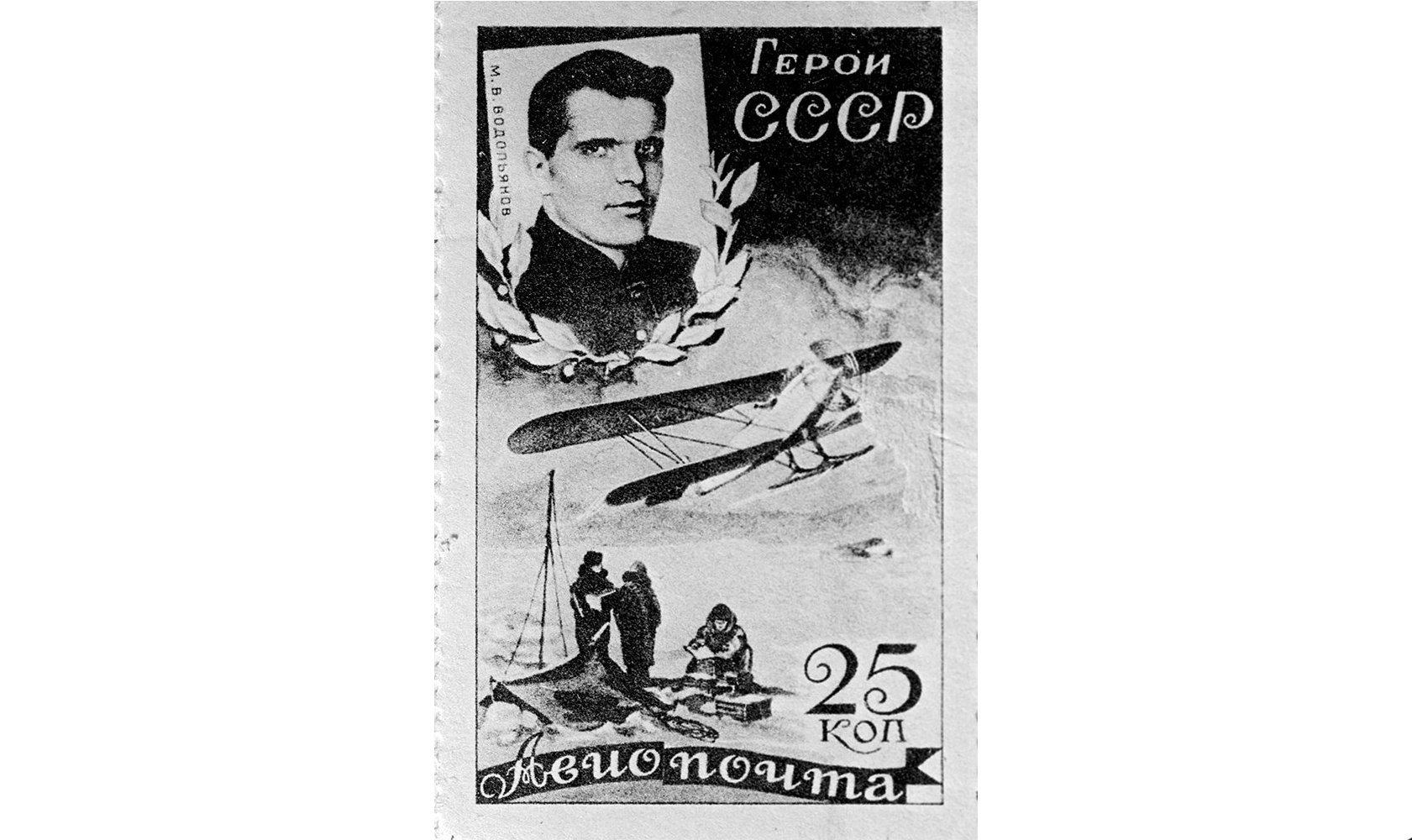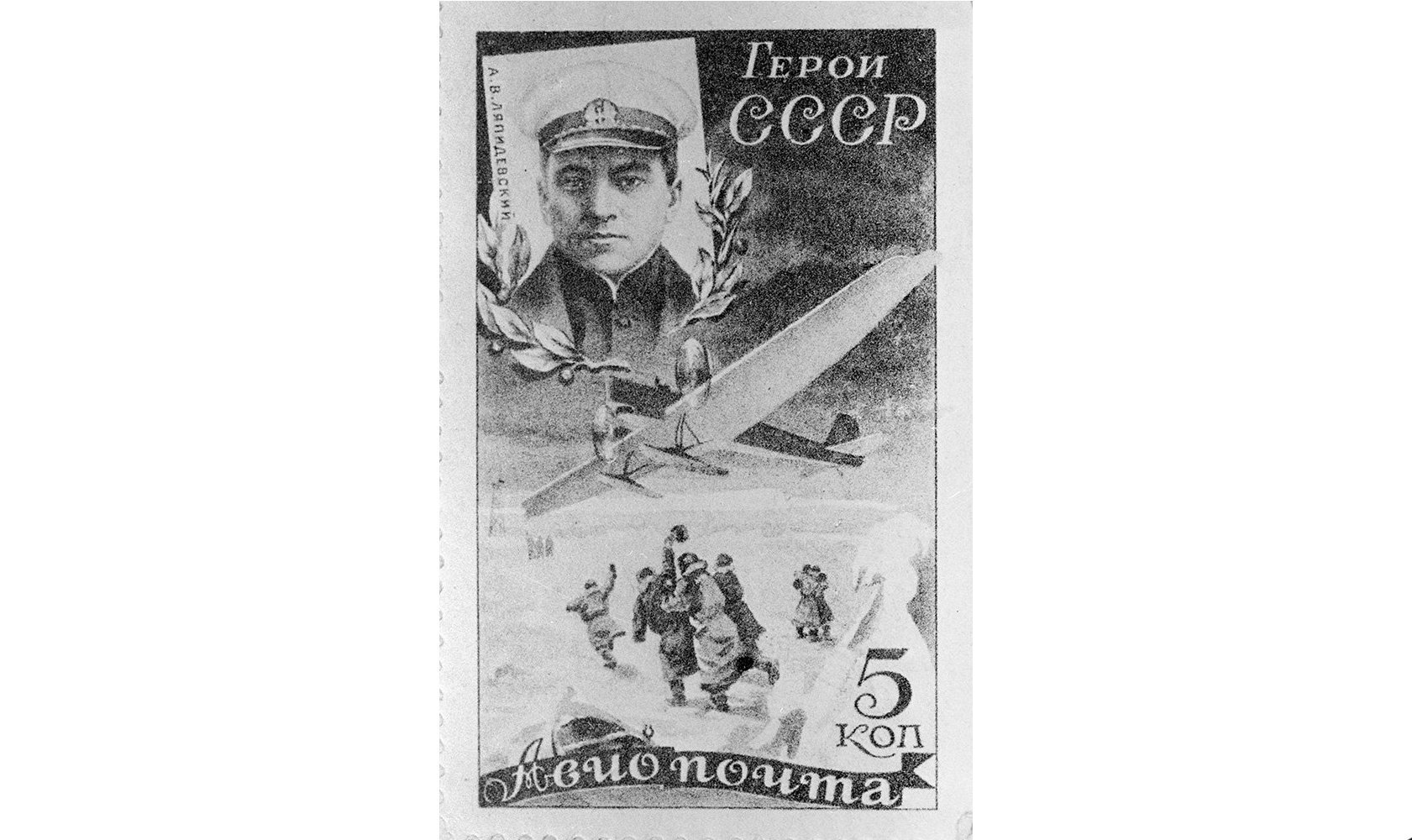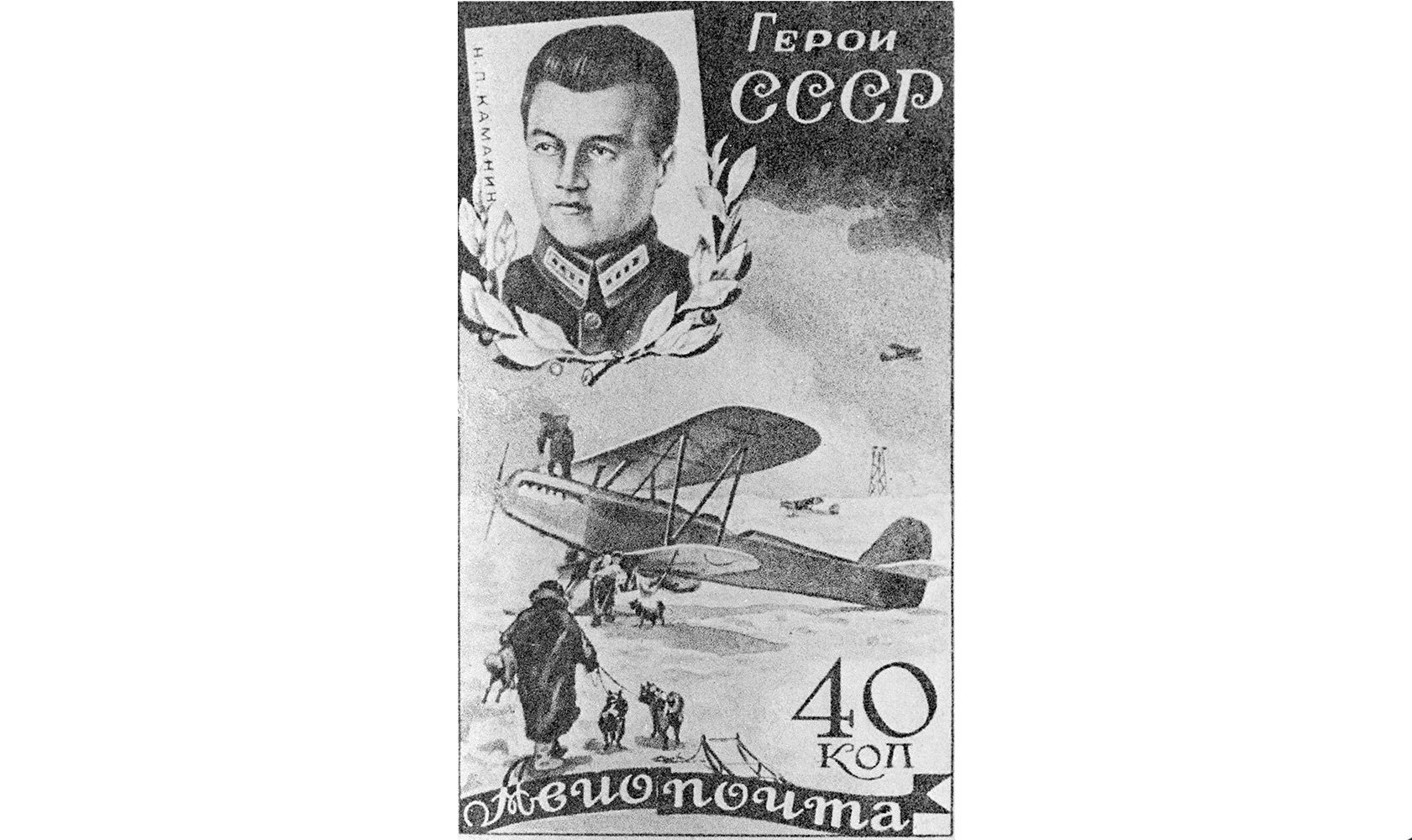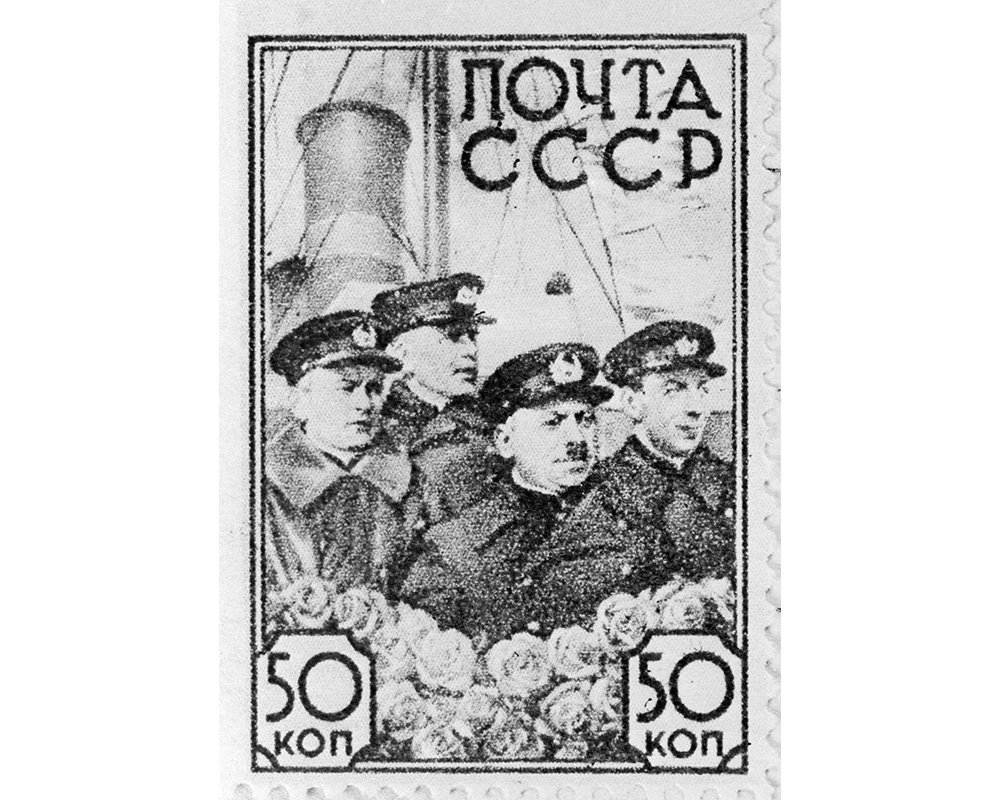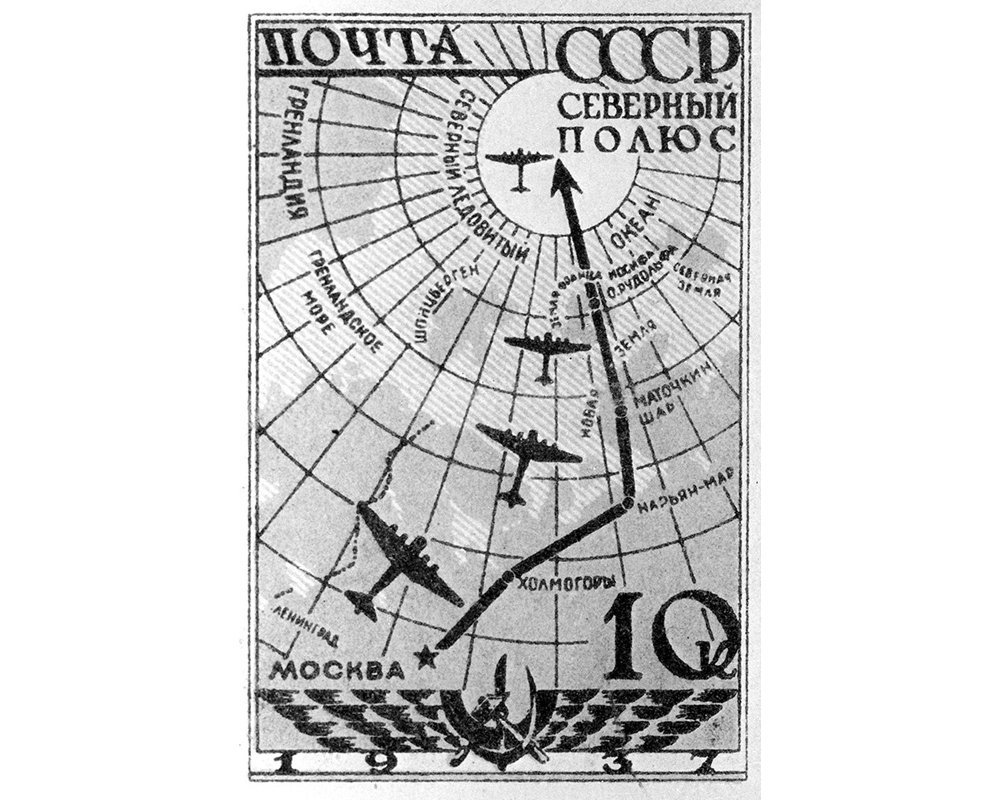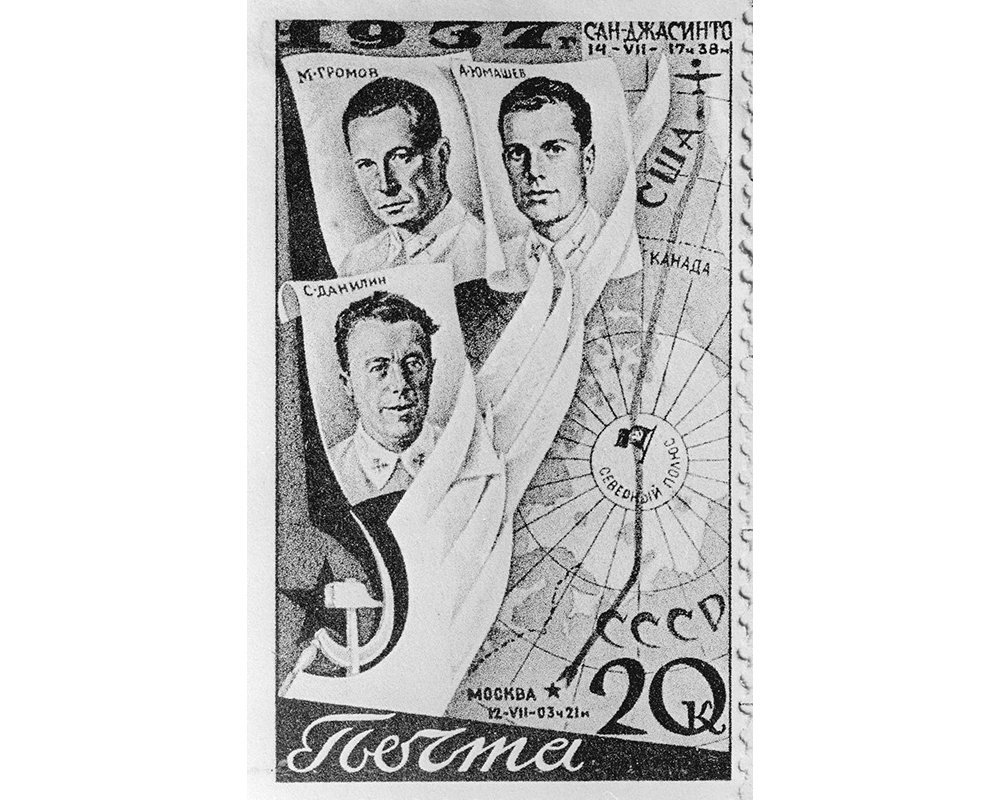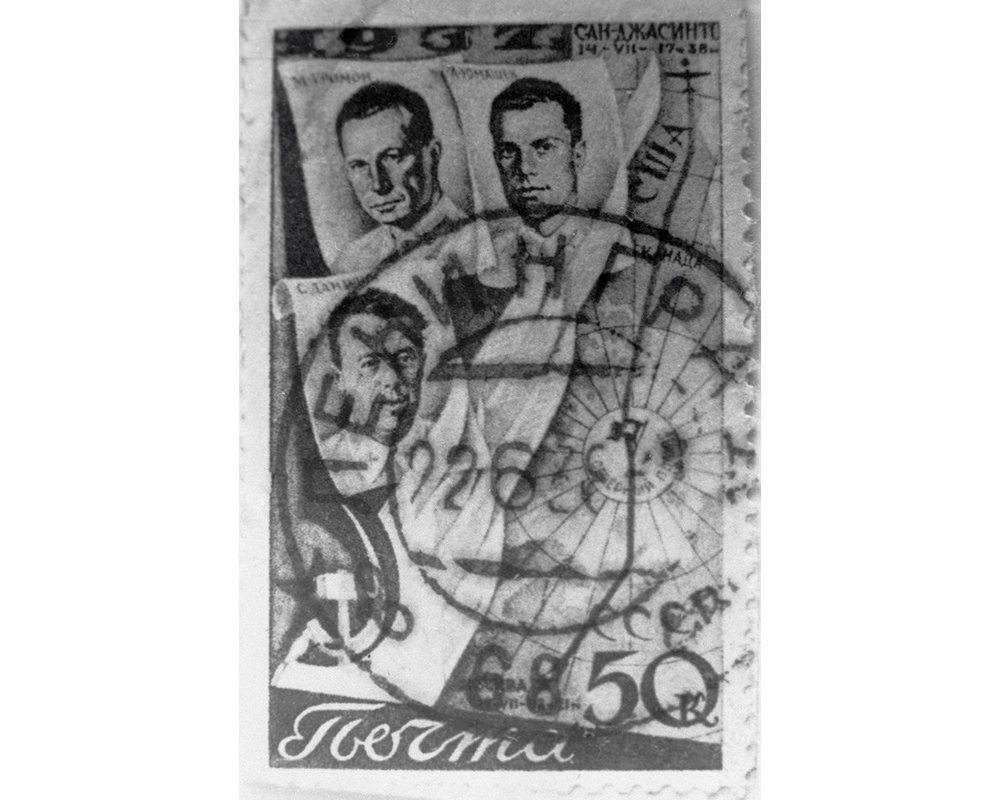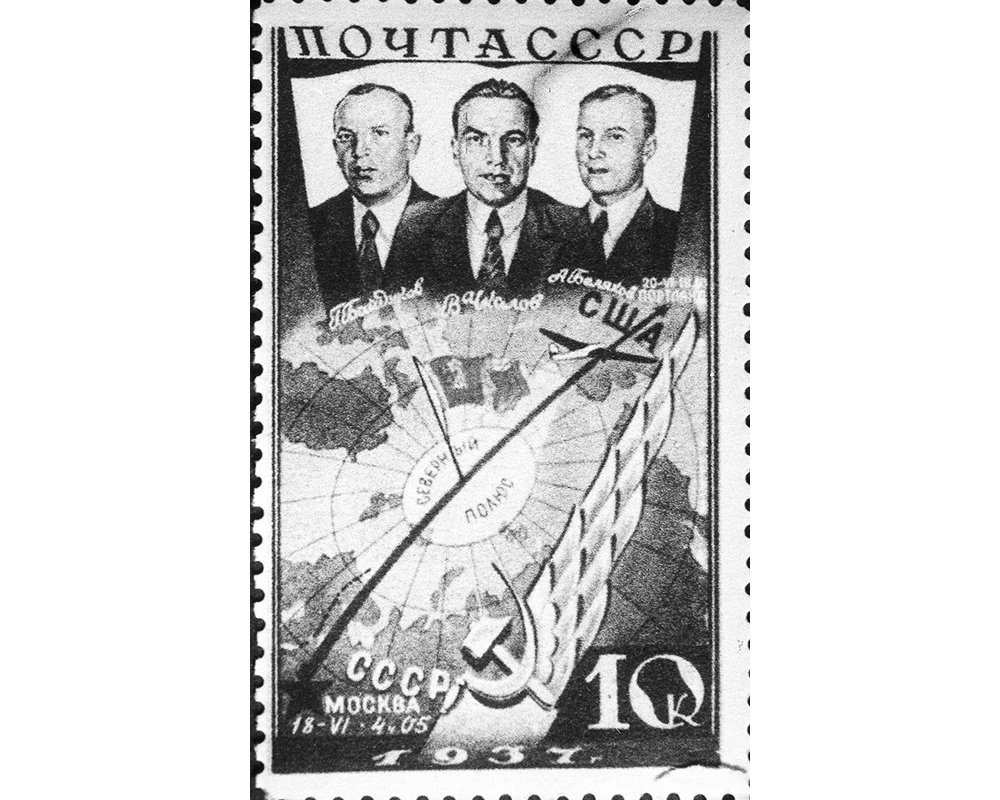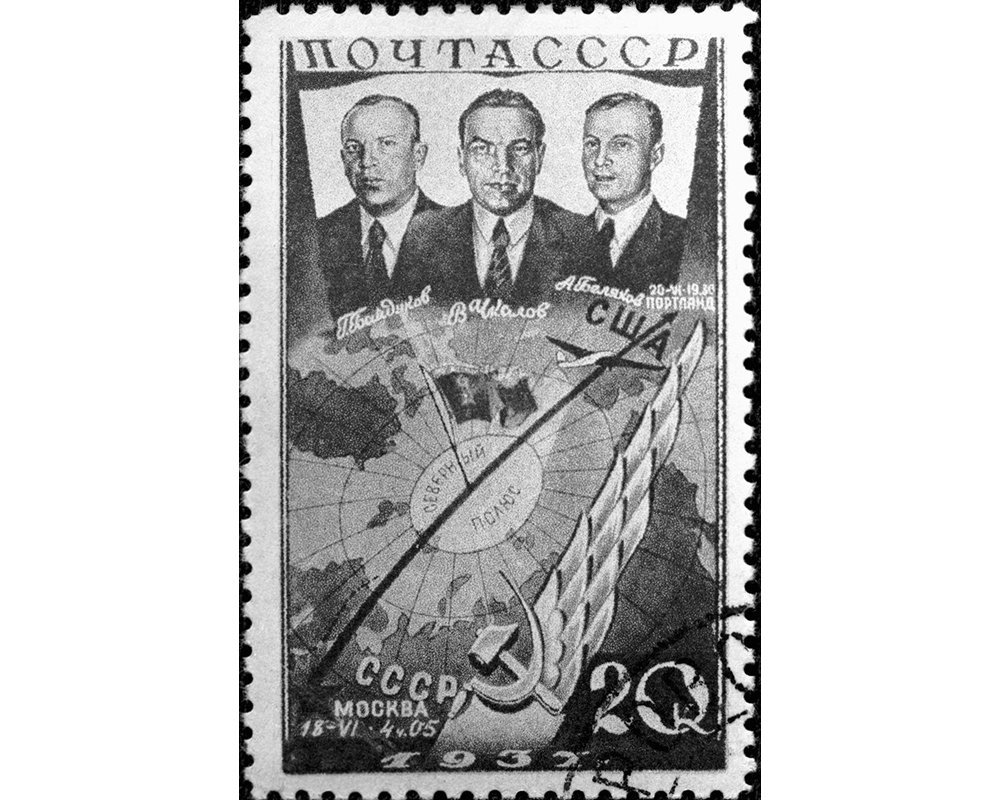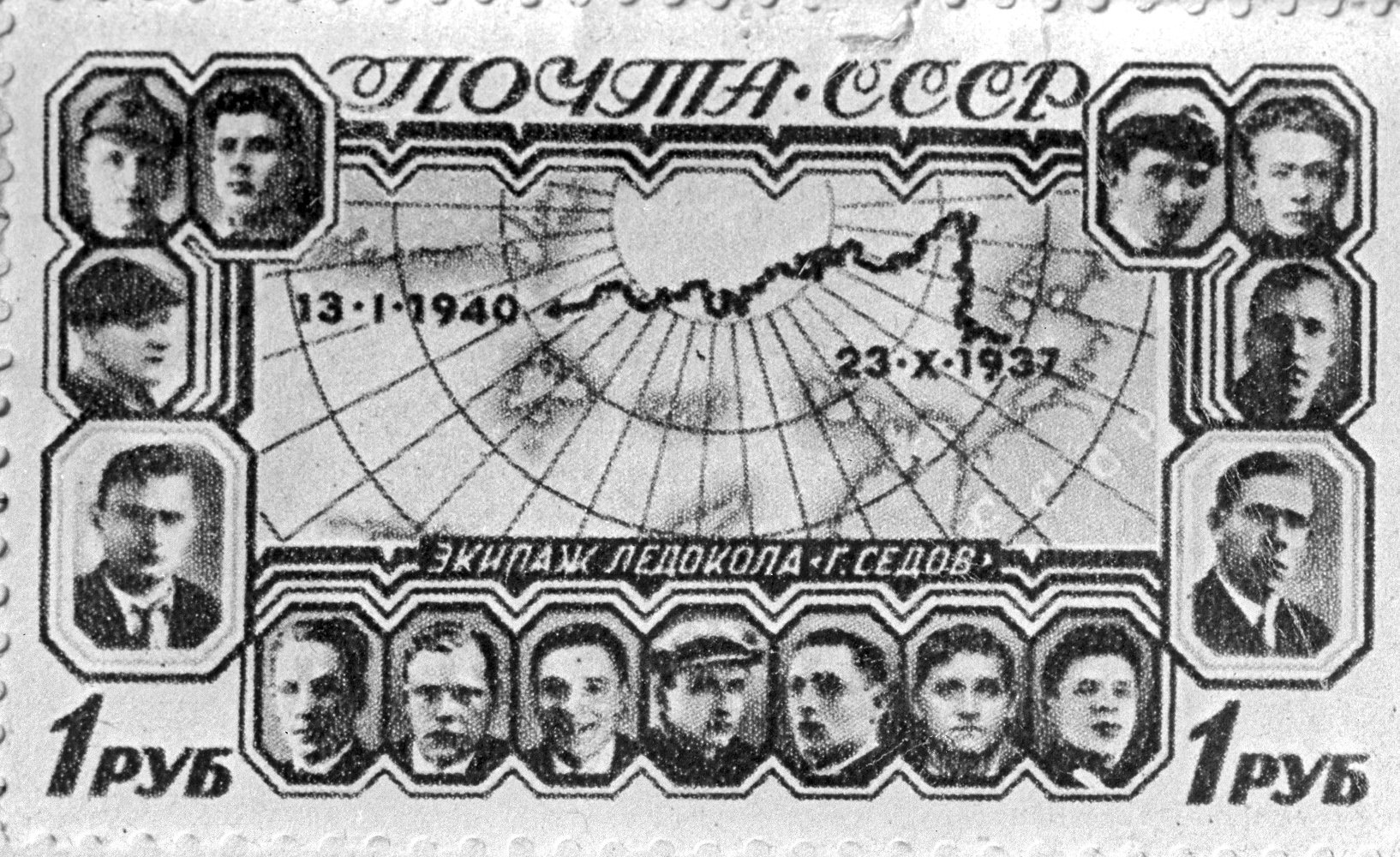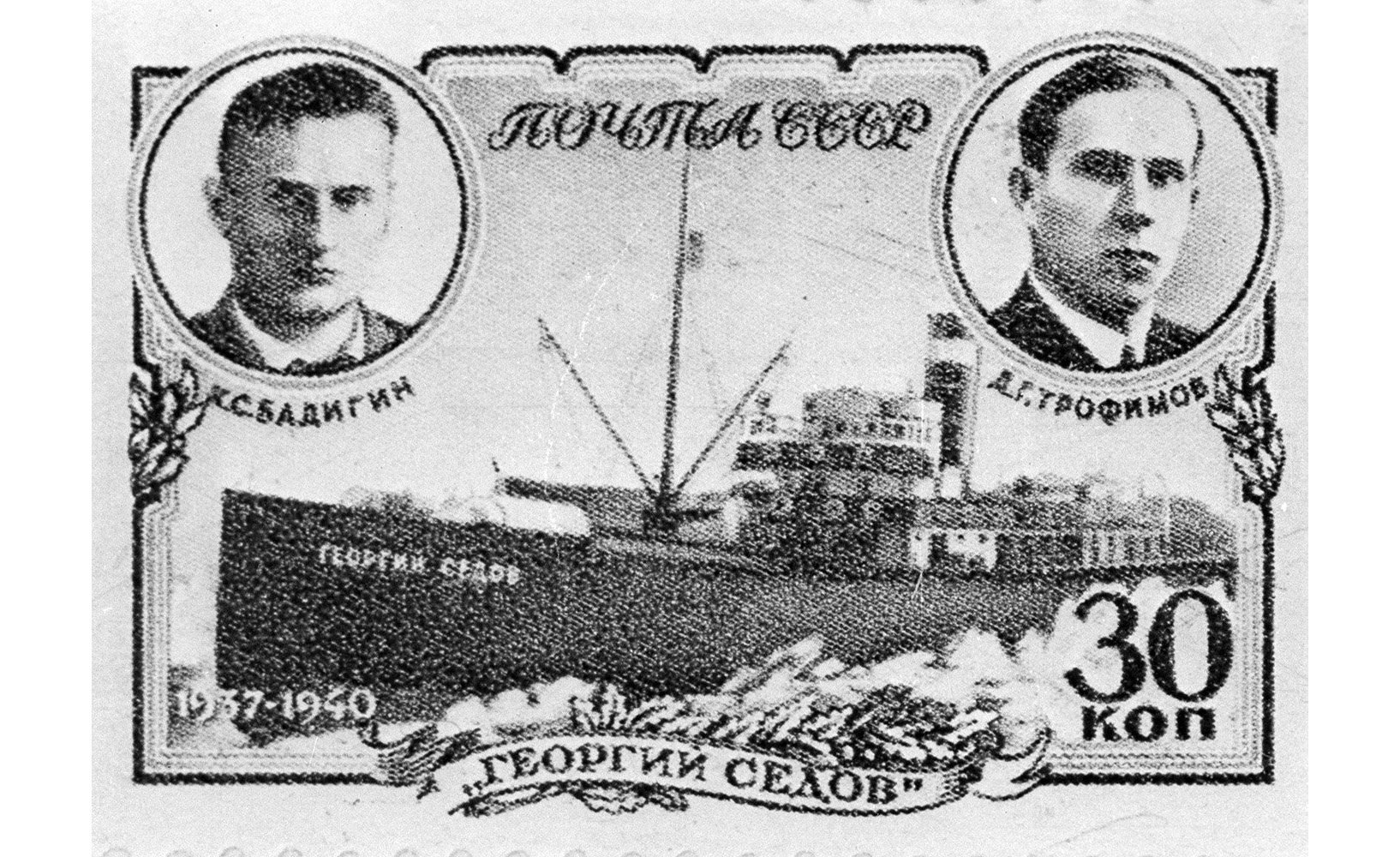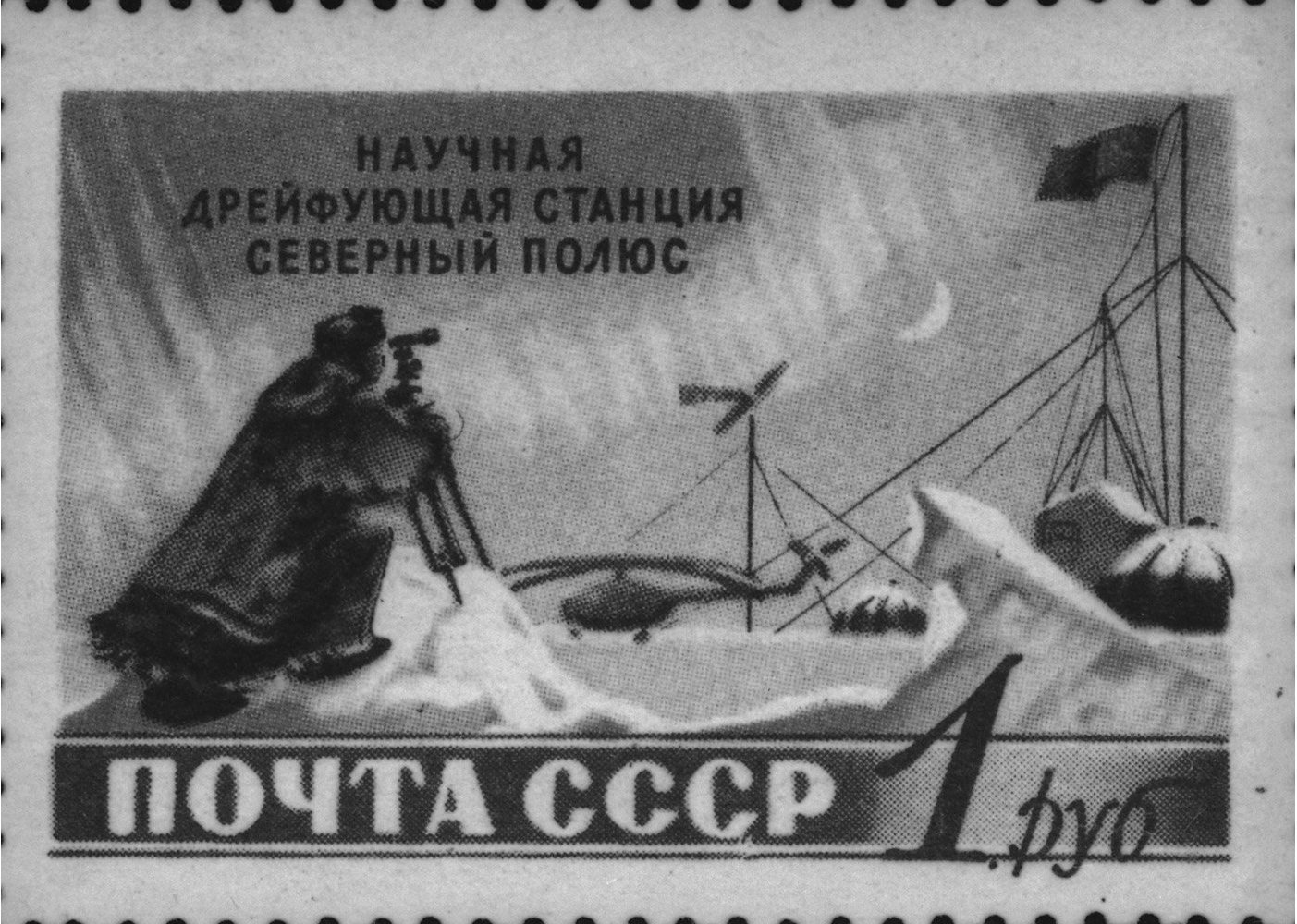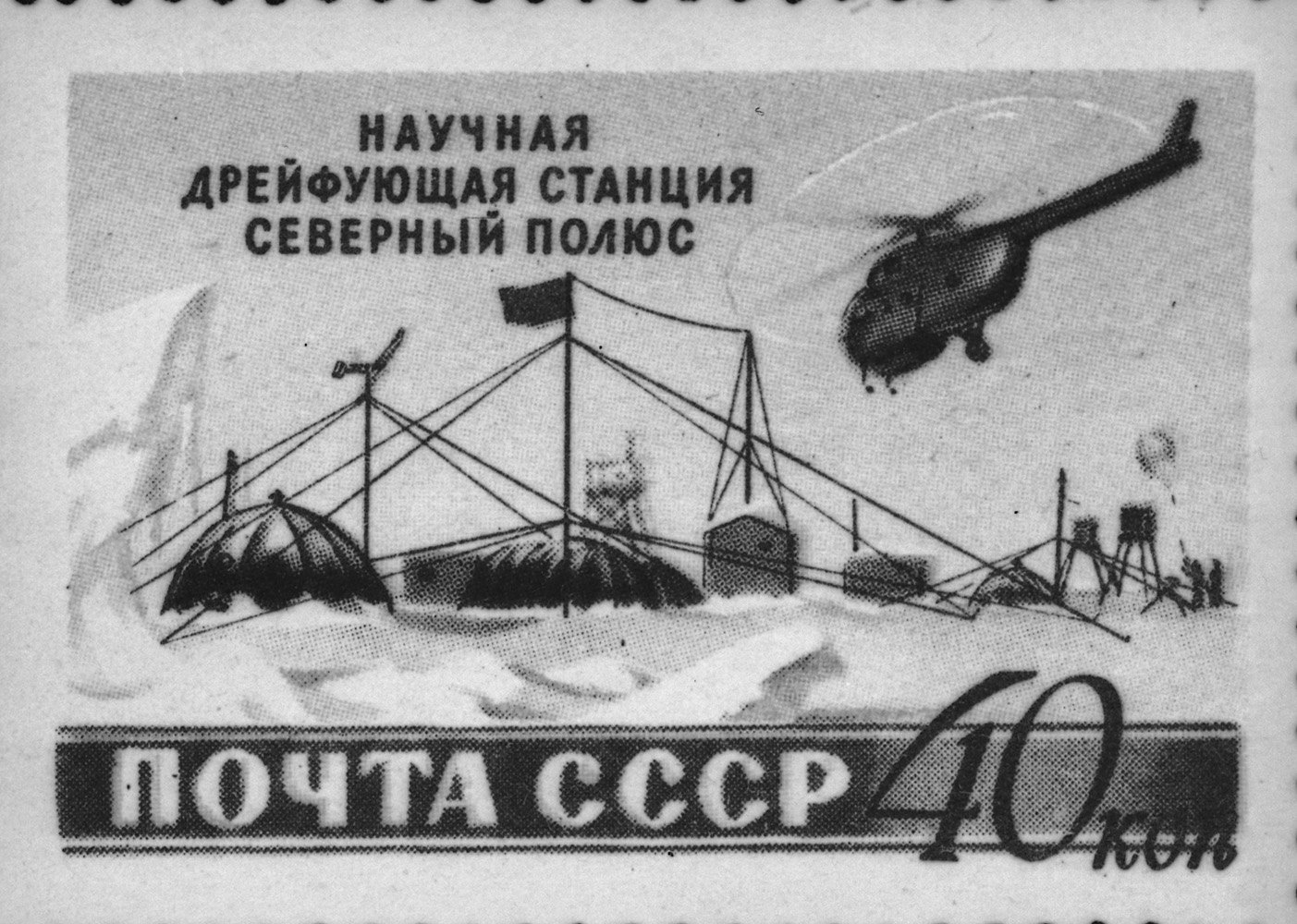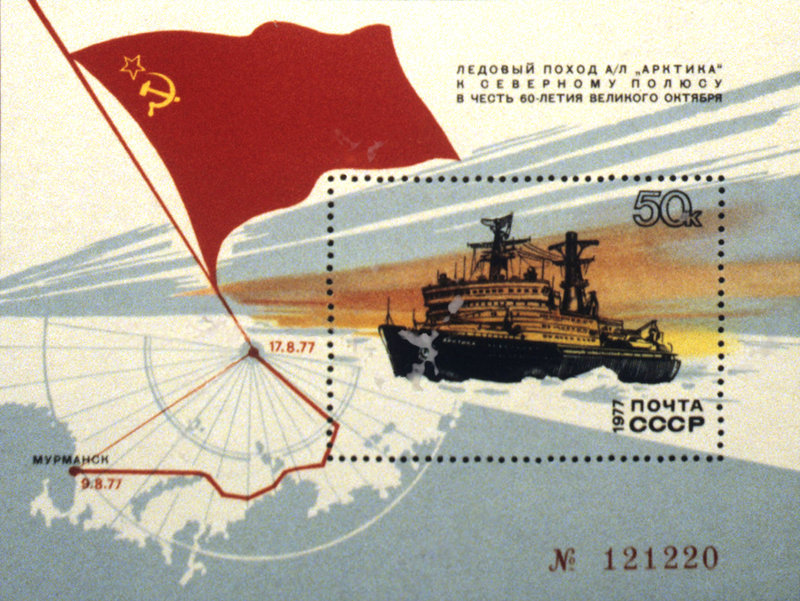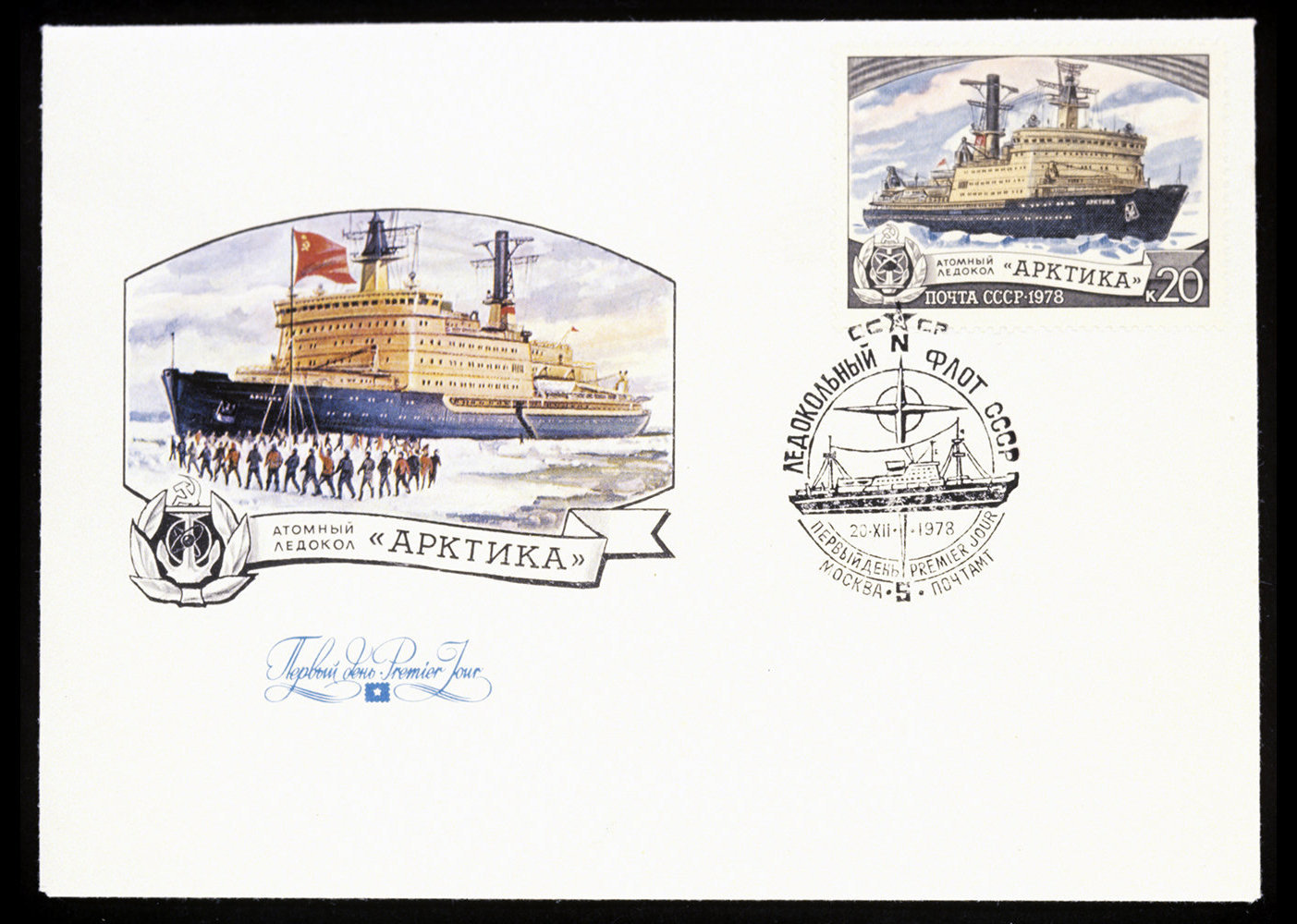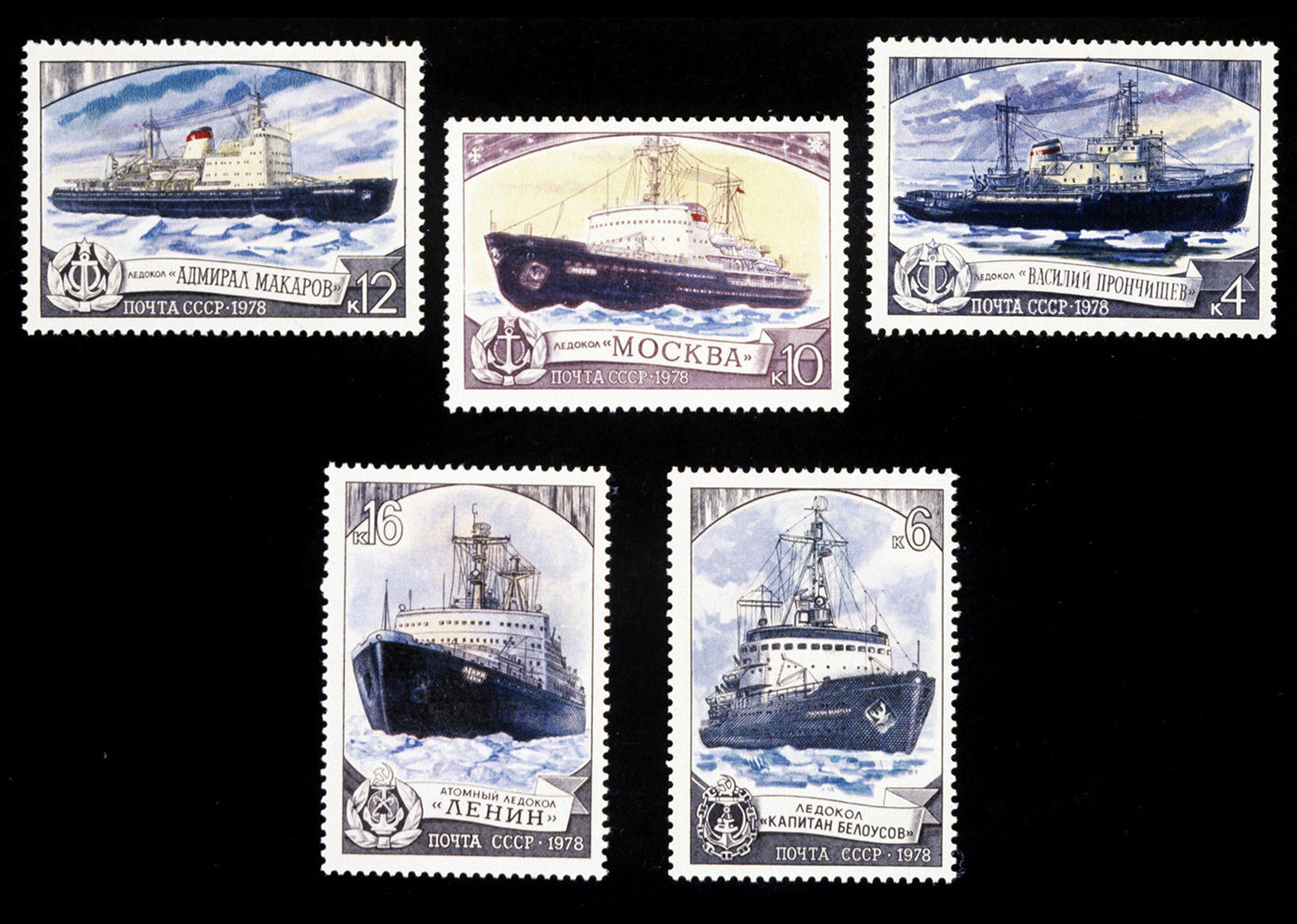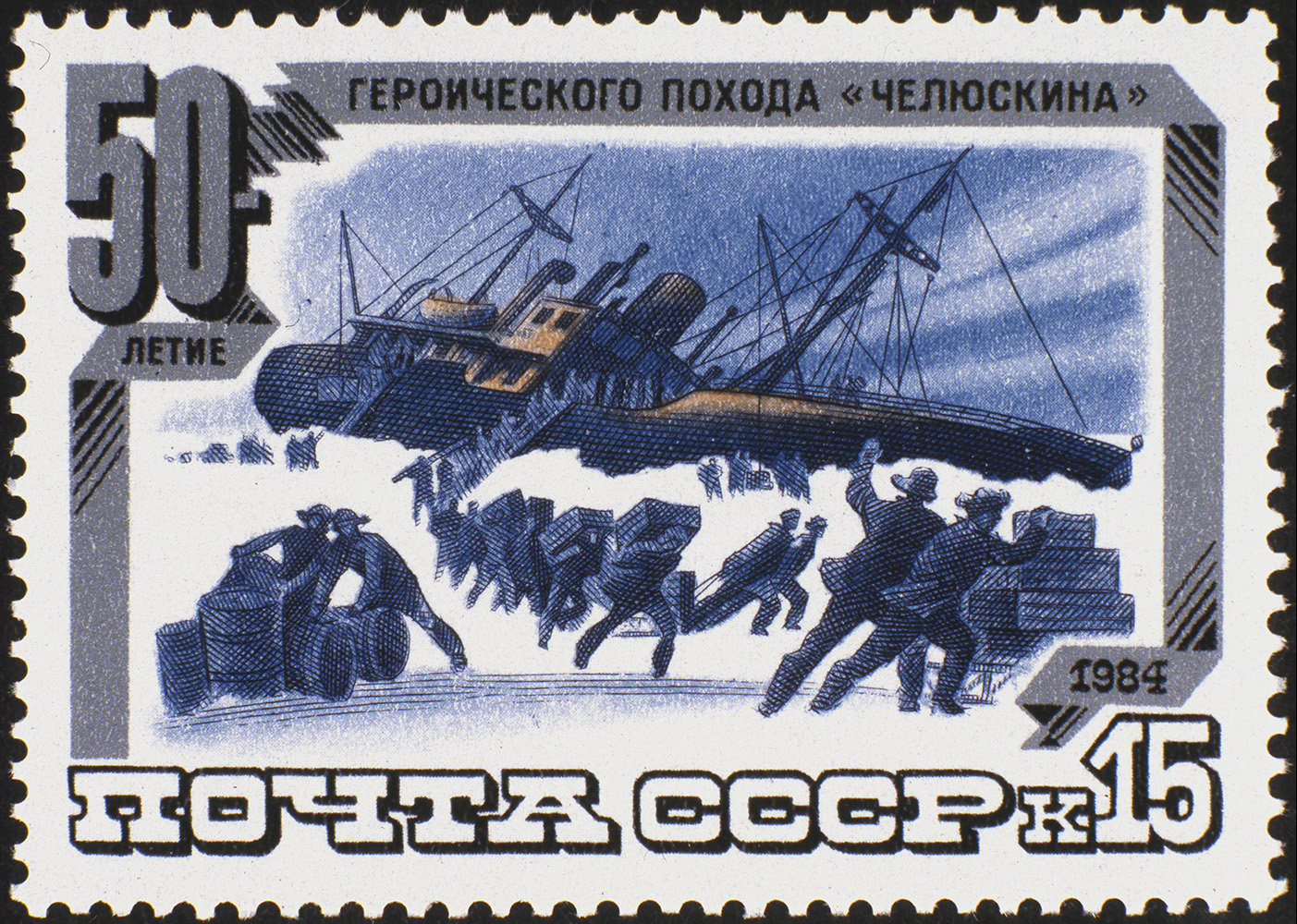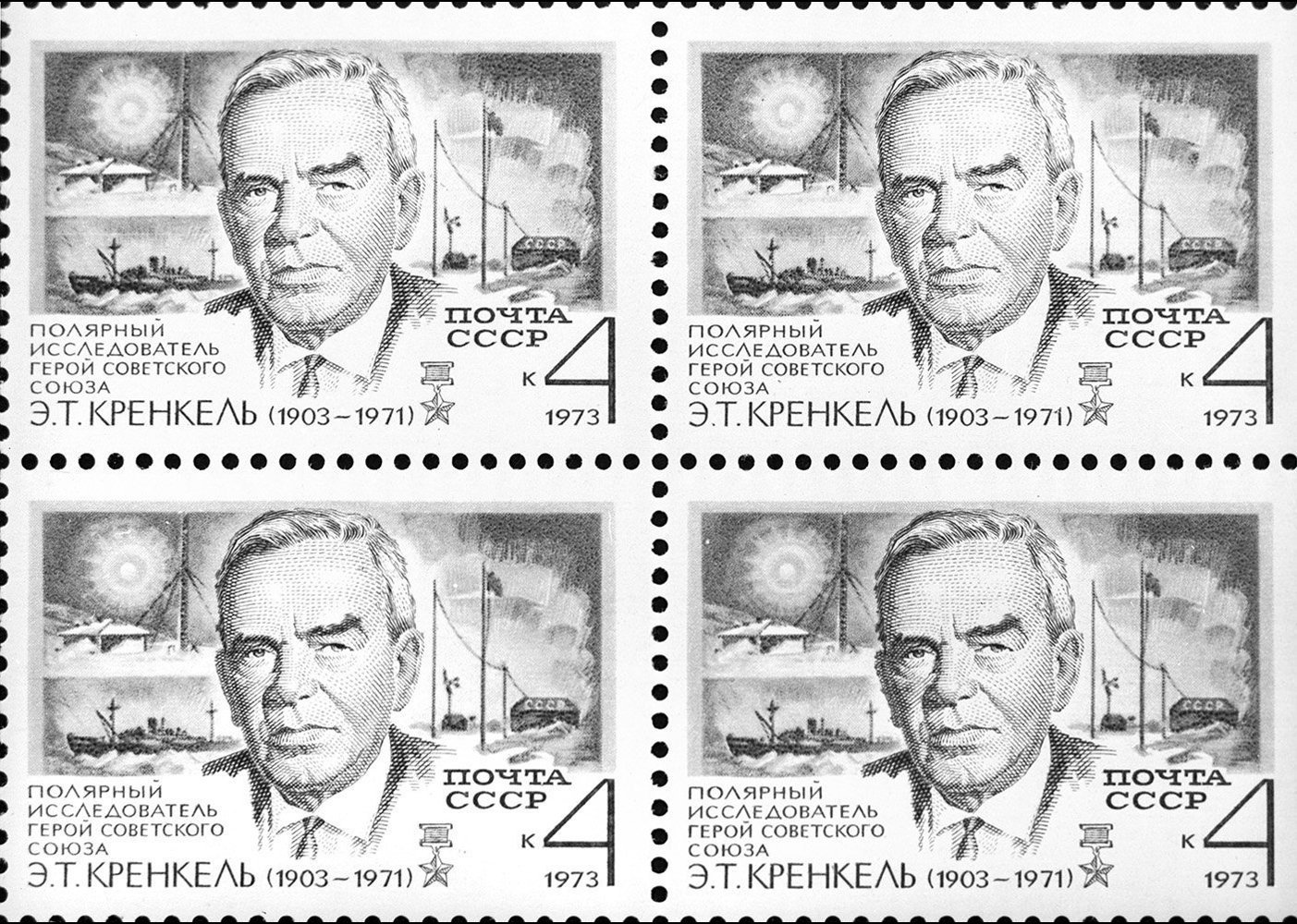"Without a doubt, radio is a great invention, but post is a miracle," the famous pilot and Arctic researcher Richard Byrd once said. He was referring primarily to polar research in the Antarctic because his main achievements were connected with this continent. However, this American pilot's interesting sentiment also concerns the Arctic. The Arctic has prompted one of the most interesting areas for collection, polar stamps, which has continued for many years.
In the USSR, the history of polar philately begins in 1931, when a series of stamps dedicated to the Malygin ice breaker and its meeting with the LZ 127 Graf Zeppelin in Tikhaya Bay was issued. The Malygin had proved itself in several expeditions in the Arctic Ocean, including the search for Nobile's airship Italia, and the Graf Zeppelin was known for its daring long-distance flights and the first full flight around the world. Special stamps were issued to commemorate this meeting, and the Soviet and German governments had agreed the vessels will exchange mail in Tikhaya Bay. The USSR was represented by Ivan Papanin aboard the ice breaker, and Soviet radio operator Ernst Krenkel on the zeppelin. Both stamps were designed by Vasily Zavyalov, who would later become a leading post graphics master.
On July 27, 1931, stamps on envelopes were cancelled on both vessels, which then exchanged the mail: 50,000 postcards weighing 420 kg in total
